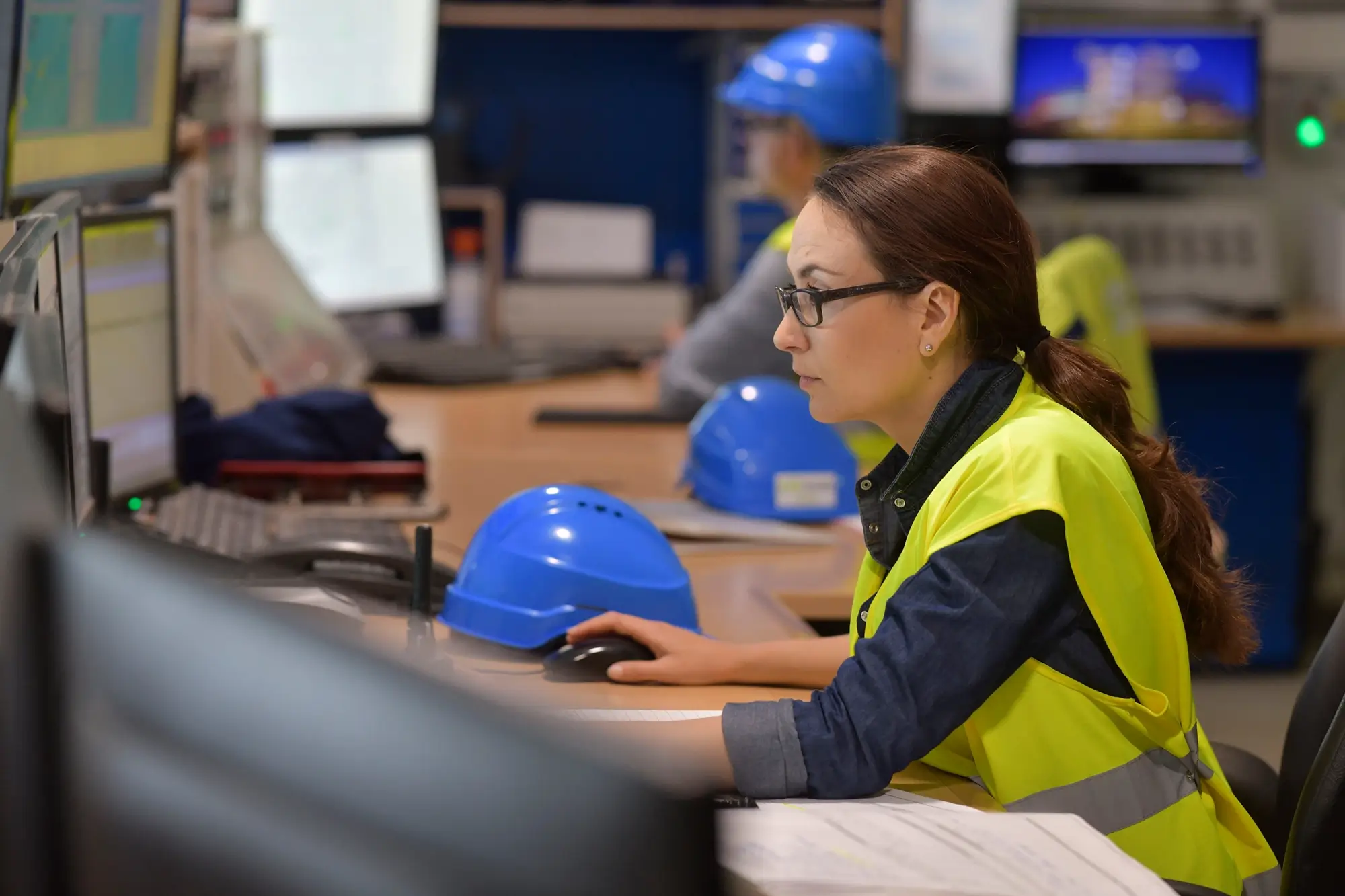
Advanced simulation using Finite Element Analysis (FEA) and other simulation tools helps to minimize risk by identifying the biggest hurdles early in the development process. We can simulate how a product will function in real-world conditions, such as temperature fluctuations, vibration levels, deformations, and stress. Using this advanced predictive analysis, we reduce energy and time spent in the development process while identifying areas for improvement or potential failures before the physical testing stage.
Using ANSYS and other industry-leading simulation tools, we conduct FEA to assess structural integrity, load distribution, and material behavior under real-world conditions. This enables us to optimize designs for strength, durability, and weight efficiency, ensuring that products meet performance requirements while minimizing material costs. By identifying potential failure points early, we help customers reduce costly prototype iterations and physical testing cycles, accelerating time to market.
We simulate military-grade shock and vibration requirements for mechanical systems and PCB designs, ensuring compliance with MIL-STD and other regulatory standards. By pairing real-world testing data with digital models, we accurately predict fatigue and deformation, and failure points over a product’s entire lifecycle. This methodology enhances reliability of products like heavy-duty truck frames, aerospace components, and mission-critical electronics where failure is not an option.
Our team applies Computational Fluid Dynamics (CFD) to model heat transfer, aerodynamics, and fluid-structure interactions with high precision. This is critical for customers designing cooling systems, HVAC components, and high-performance electronics, where ultra-efficient thermal management is critical to longevity and cost. Our CFD simulations allow engineers to optimize airflow, reduce overheating risks, and enhance energy efficiency before physical prototypes are created.
We leverage FEA early in the design process to identify potential weaknesses before physical prototypes are built. This approach reduces development time and costs by preventing late-stage design failures that could necessitate expensive modifications. Virtual prototyping also allows teams to evaluate multiple design iterations rapidly, ensuring that .
For complex systems that involve multiple interacting forces, we conduct advanced multiphysics simulations, that account for thermal, electrical, mechanical, and fluidic stress factors. We also perform nonlinear analysis for materials and structures that exhibit large deformations, plasticity, or hyperelasticity, ensuring accurate predictions of performance in extreme conditions. These advanced simulations provide highly accurate predictions of product performance in real-world and extreme environments, helping customers build safer, more resilient, and longer-lasting solutions.
You have the vision. We have the team and expertise to get it built. Let's collaborate to innovate, problem-solve, and de-risk every step of the way.